Discussion on the Four-Switch Buck-Boost Converter
In non-isolated power supply solutions, the Buck, Boost, and Buck-Boost topologies are widely used, and many engineers are familiar with them. Today, we'll explore the four-switch Buck-Boost converter, which offers a different approach compared to the traditional single-switch version.
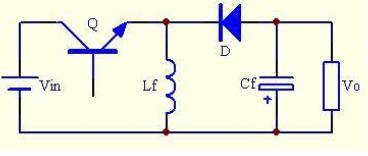
In a conventional Buck-Boost circuit, the output voltage is inverted relative to the input, with the formula Vo = -Vin * D / (1 - D). However, in the four-switch configuration, the output voltage maintains the same polarity as the input, following the equation Vo = Vin * D / (1 - D).
The topology of the four-switch Buck-Boost is quite simple, as illustrated below:
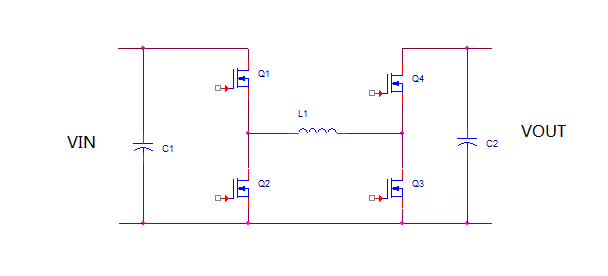
This type of converter typically uses a straightforward control method. Q1 and Q3 operate together, while Q2 and Q4 are also paired, switching alternately. This ensures that the circuit can maintain stable operation under various conditions.
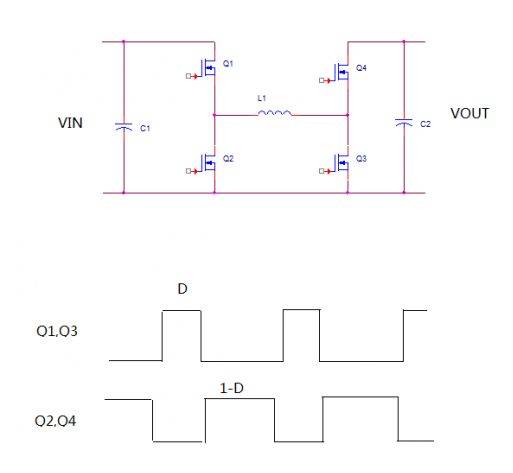
If you replace Q2 and Q4 with diodes, the circuit still functions, but it loses the benefit of synchronous rectification, which increases efficiency.
In Continuous Conduction Mode (CCM), the voltage transfer ratio follows the formula: Vin * D = Vout * (1 - D), leading to Vout = Vin * D / (1 - D). This is the same as the standard Buck-Boost, but with a positive output instead of a negative one.

While this control method is simple and avoids mode switching, it has some drawbacks. All four switches are always active, leading to higher losses and more common-mode noise.
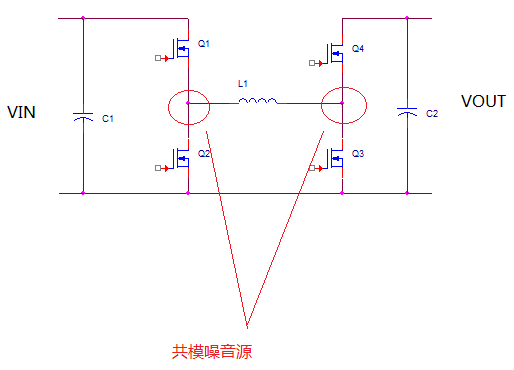
To address these limitations, a well-known IC company introduced a revolutionary control IC for this topology. The idea was to use the four-switch Buck-Boost as a pure Buck when Vin > Vout and as a Boost when Vin < Vout.
But the real challenge came when Vin = Vout. How could the system switch seamlessly between Buck, intermediate, and Boost modes? This became a key technical hurdle and sparked innovation across multiple companies.
Let’s take a look at the control logic of a specific IC from one company. Assume the output is fixed at 12V, and the input is a battery that ranges from 16V (fully charged) to 8V (discharged). When the input is 16V, the converter operates in Buck mode.
The driving signals for the four switches are shown below:
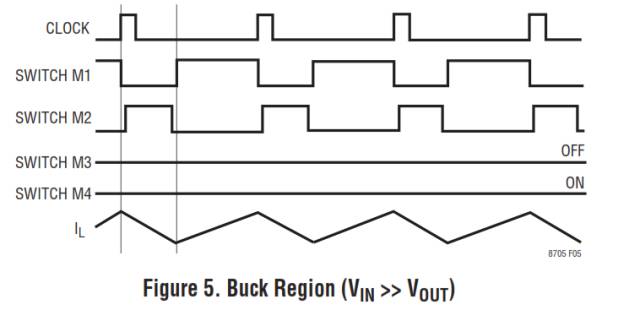
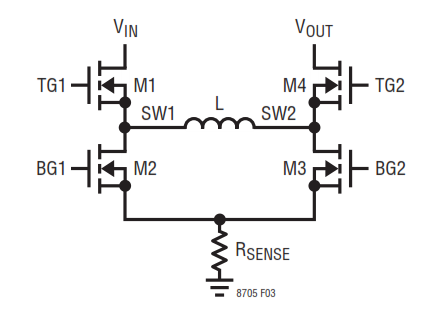
As the input voltage drops, the duty cycle of M1 increases, while M2 decreases. M2's minimum pulse width is set, say 200ns. When the input reaches 12.5V, M2's pulse width hits the minimum, triggering a mode transition.
At this point, M3 and M4 begin to switch, marking the start of the Boost phase. The waveform shows that each clock cycle consists of a Buck half-cycle followed by a Boost half-cycle.
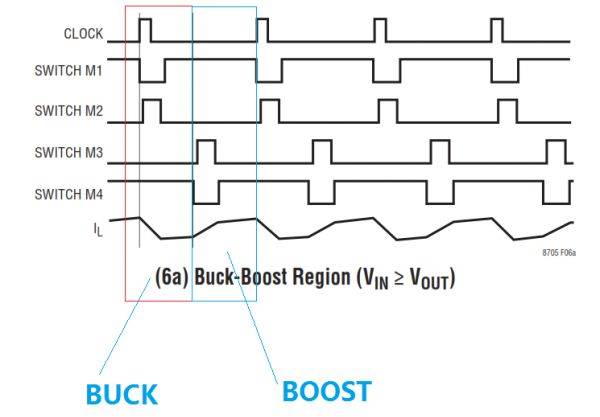
When the Boost mode is activated, M3 runs at the minimum duty cycle, and M2's duty cycle expands to compensate. This causes a small dynamic change in the output.
As the input continues to drop, M2's duty cycle keeps decreasing until it reaches its minimum again. At this point, the IC initiates another mode switch, fixing M2 at its minimum and allowing M3 to gradually increase its duty cycle.
Although the transition should be seamless, the internal timing of the IC introduces some minor fluctuations. The waveform shows that the first half is Boost, and the second half is Buck.
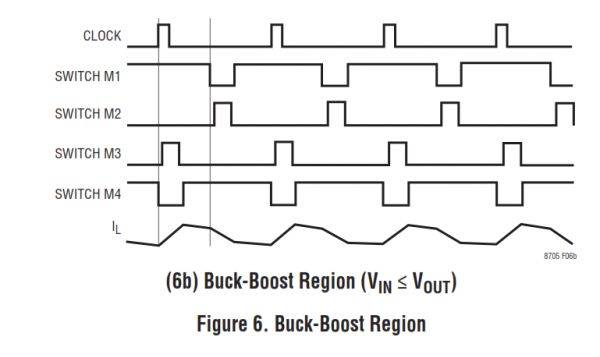
Eventually, when the input voltage drops further, the circuit enters full Boost mode.
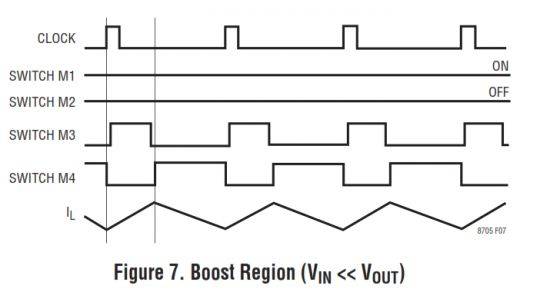
Another major IC manufacturer also developed a similar solution, but their approach differs slightly. Their IC alternates between Buck and Boost every cycle, while the other company's design splits each cycle into a Buck half and a Boost half.
Despite the differences in implementation, both approaches achieve the same goal of efficient voltage conversion across a wide input range.
ftth drop cable,ftth cable,drop cable ftth,optical fiber drop cable,outdoor ftth drop cable
Guangzhou Jiqian Fiber Optic Cable Co.,ltd , https://www.jqopticcable.com